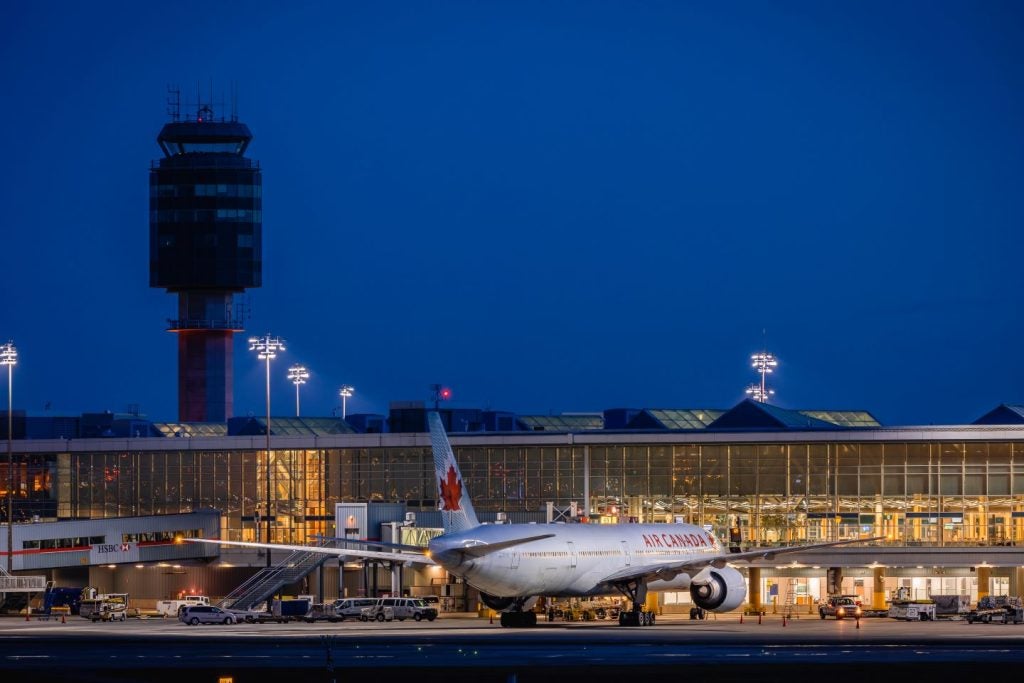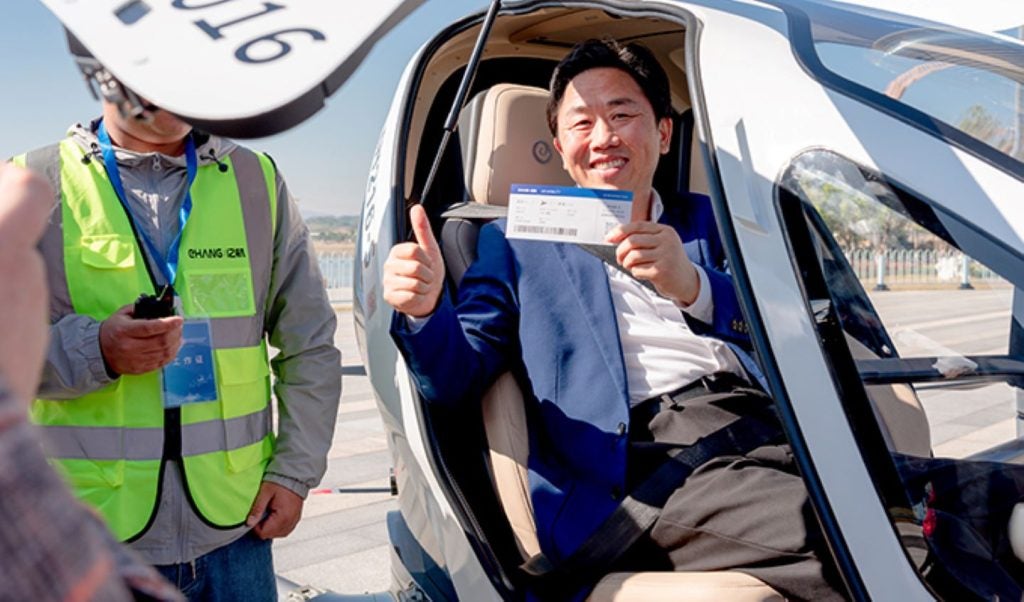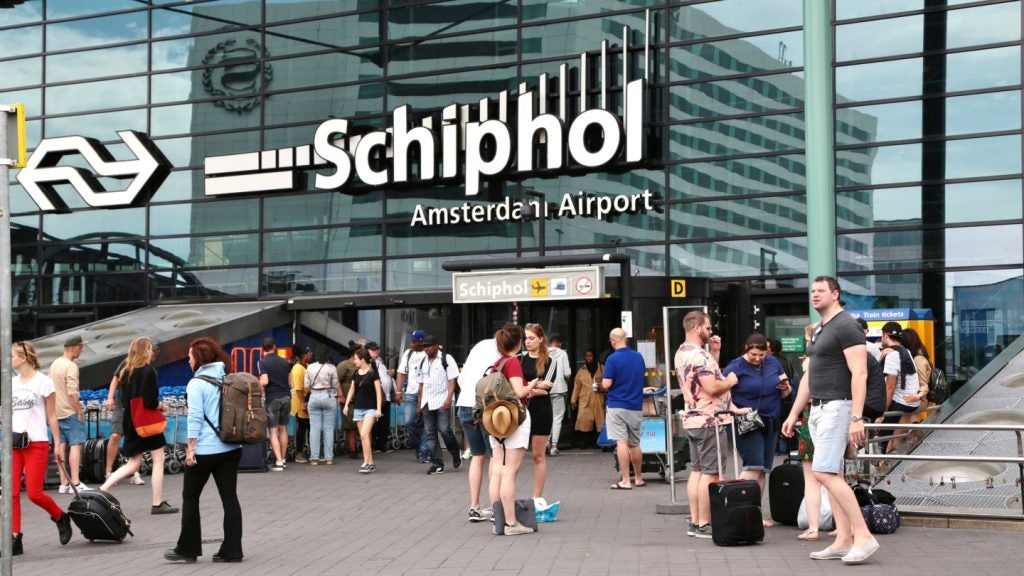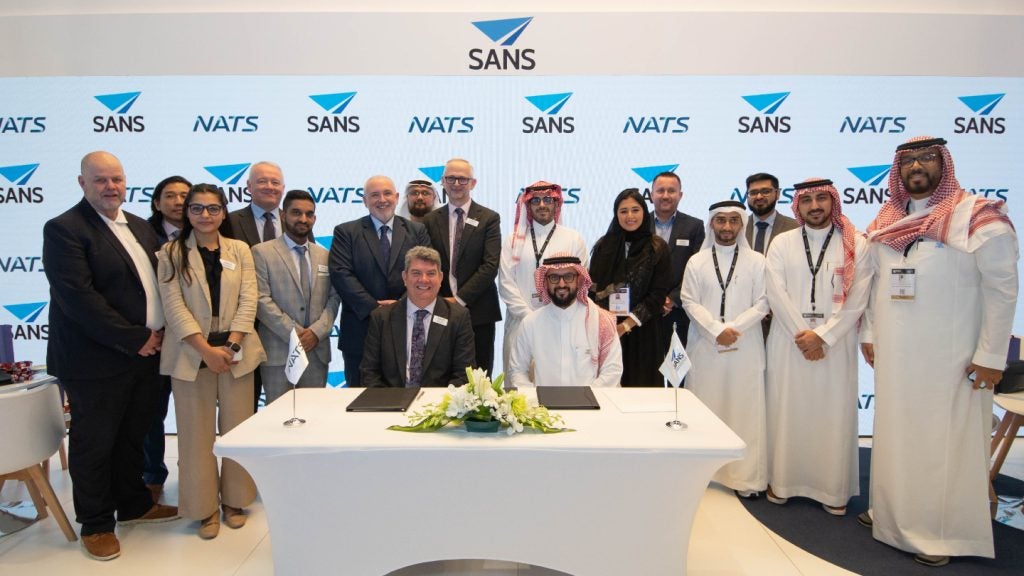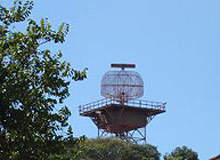
The period of uncertainty about the volume of air traffic in the aftermath of 9/11 is over, and the airline industry is facing one apparent certainty – volume is set to keep rising steadily, year after year.
After a temporary slowdown, air traffic has recovered to the point where it is consistently hitting record numbers each month. Figures released by Airports Council International (ACI) earlier this year show that, on average, passenger traffic at European airports rose by 7.5% in 2004. More recent data shows that for the first quarter of 2005, European passenger traffic rose by 5.6% over Q1 2004.
"Growth is now back to pre-9/11 rates of about 5% per year," notes Cesar Bernabei, principal officer of the Air traffic Management and Airports Unit of the European Commission’s Directorate for Energy and Transportation. "That means that by 2020, or maybe 2025, air traffic may have doubled or even tripled."
Bernabei is closely involved in the European Commission’s various efforts to put in place a strategy and the relevant infrastructure to better manage this growth. He recognises that the problems faced in Europe, and indeed globally, are multi-faceted and require the cooperation of many diverse stakeholders in the airline industry. With many difficult areas to address, he is nevertheless clear on where the main obstacles lie. "Things may be more relaxed in the sky, but it is much tighter in many airports, including some of Europe’s key airports," he notes.
OBSTACLES
See Also:
If the main problem is capacity on the ground, the obvious solution would seem to be the construction of new airports, or the expansion of existing facilities. However, environmental issues and planning difficulties have plagued attempts in recent years to expand Europe’s main hubs, and these seem set to become more complex as time passes.
How well do you really know your competitors?
Access the most comprehensive Company Profiles on the market, powered by GlobalData. Save hours of research. Gain competitive edge.

Thank you!
Your download email will arrive shortly
Not ready to buy yet? Download a free sample
We are confident about the unique quality of our Company Profiles. However, we want you to make the most beneficial decision for your business, so we offer a free sample that you can download by submitting the below form
By GlobalData"The construction of runways needs a long time to plan and even then it is almost impossible to address all the environmental issues, particularly those relating to neighbouring properties," warns Bernabei. "To construct a new airport, or to expand one like Heathrow or Frankfurt, takes many years."
In regard to Heathrow, for instance, tension remains between the advocates of expansion and those vehemently opposed. Future Heathrow was recently formed in London to bring the issue to the fore. It is a group made up in part of airlines and unions, and campaigns for more growth in capacity at the airport, which last year handled 128 million passengers.
Future Heathrow’s stance, supposedly based on the fear that Heathrow might lose out to rival European hubs, is countered by other groups, not least of whom are noise campaigners, as well as those who question the beneficial impact of any expansion. These parties are locked in what seems to be an intractable dilemma.
The UK Government’s 2003 White Paper proposing an extra runway at Heathrow also examined the possibility of a second runway at London Gatwick, albeit with commitments to West Sussex County Council not to build before 2019 due to strong local opposition. It also stated that the additional runway at Gatwick would not be built if a third runway at Heathrow had not been constructed before 2015.
Construction of new airport capacity can only be considered feasible if many complex issues are resolved. If appropriate land is available, then the lengthy process of gaining permission follows, which in turn means minimising the environmental impact and satisfying the local community – not an easy task.
SPREADING THE LOAD
The examples of Heathrow and Gatwick merely exemplify problems throughout Europe. So, if the pressing timescale rules out airport expansion as the principal solution, how else can the problem of chronic undercapacity on the ground be addressed in time?
"Europe is quite crowded and there is a shortage of airport capacity in core areas," stresses Bernabei. "There is a triangle, roughly between London, central France and Germany or Holland, in which is it very difficult to build new capacity."
Since it is unlikely that Europe’s major airports will be able to accommodate all of the growth in passenger traffic, the search has been under way to find alternative solutions, many of which are starting to come into effect.
"What we have to do is look at operations and make the system more efficient, and perhaps we must integrate smaller airports to redistribute traffic," says Bernabei. "We could also look at intermodal options."
An intermodal strategy focuses on limiting the rate of growth in passenger numbers by encouraging travellers onto other forms of transport. In Europe, the rail network is key to this, so the success of the strategy depends on levels of state or private investment in rail infrastructure, as well as cooperation on a European level.
Some progress has been made on this strategy, and planned development of Europe’s rail network in the coming years should ease the load on some shorter routes.
”We could use intermodal transport to substitute for air journeys, as has happened with routes between London and Paris or Brussels, or to ferry passengers to other airports," believes Bernabei. "Fast connections on the railways are happening all over Europe. So in three or four years, in the triangle, you will be able to travel quickly by train."
Among the developments under discussion is a faster crossing over the Alps, which would use high-speed trains to cut journey times to and from the South and East of Europe.
THE SQUEEZE ON EFFICIENCY
The European Commission recently launched a consultation paper, canvassing opinion on airport capacity and ways to improve efficiency in airports. Its future strategy will be influenced by the views of stakeholders on controversial issues like air traffic flow management, as well as on potential efficiency improvements on both the air side and the passenger side.
"It’s difficult to see where efficiencies can come from," believes Bernabei. "After all, if you have too tight a system it may be vulnerable to disruptions, which will impact the whole network."
The most common disruption is weather, so the development of new systems to enable the faster, safer turnaround of aircraft on the ground in adverse conditions has been a major priority. So far, this has met with some success.
A growing number of airports have implemented advanced surface movement guidance and control systems (ASMGCS). It is a ground movement radar system, which enables the faster and safer movement of aircraft on the ground, with the ultimate goal of delivering better turnaround times. As use of this type of technology spreads through key hubs, Bernabei hopes it will become a trend that extends throughout the whole continent.
"With the latest ILS systems, landing can be blind," he says. "You can land in any weather, but the problem is on the ground. We need a ground system to avoid collisions and even minor accidents."
Safety is the key concern here, despite the impact such technology has on efficiency. After all, memories of the recent collision at Linate airport in Milan, in which a Cessna jet crossed the path of an accelerating SAS aircraft in thick fog, causing 118 deaths, are still fresh in the memory. Bernabei feels that with the right approach, such attempts to improve efficiency will prove timely and effective.
"We have a number of possibilities ready, and some are already in operation, though not at their maximum," he says. "We improve efficiency by reducing the degradation of airport operation in adverse weather. For example, if there is fog, you no longer get such a big drop in the number of departures per hour.
"Another important technological development regards collaborative decision-making processes (CDMPs), which are intended to smooth the flow of air traffic. The tools are there, and they don’t cost much, but we must harmonise how they are used. We need a common understanding from controllers and among pilots."
A STRATEGY FOR THE SKIES
The search for this kind of accord is embodied in the European Commission’s Single European Sky initiatives, which seek to reform Europe’s air traffic control infrastructure and processes to meet the rising demand for air travel, while improving safety.
The legislative element of the programme is an attempt to put in place a seamless European air traffic management (ATM) system. On the safety front there is the SESAME programme, an attempt to modernise air traffic control infrastructure using technology, efficiency and regulatory force. Initialised by ATM manufacturers, it now has more widespread support across the industry.
SESAME is currently in the definition phase, under the direction of the European Organisation for the Safety of Air Navigation (Eurocontrol). It will run until 2007, after which it delivers the ATM Master Plan, defining common goals for ATM infrastructure, and moves to the implementation phase.
AIRCRAFT MANUFACTURERS’ INPUT
The success of these plans will to a great extent depend on commitment from all sides of the industry. This includes aircraft manufacturers, which at the moment hold significant sway in determining the most appropriate structure for Europe’s skies. A lot will depend, for instance, on the outcome of the ongoing battle between Airbus and Boeing, both of which are working with the EU.
"Airbus and Boeing have been very interested in our activities," says Bernabei. "Airbus has been participating heavily, realising that improvement in safety is good, but if traffic increases a lot, then the possibility of accidents also rises. So the fleet has participated in testing. Boeing has also been involved in SESAME."
As leading advocates of new technology, their participation is crucial, but their development strategies could see a move towards the greater use of hubs connected to regional flights or intermodal alternatives.
"There is a change happening in the pattern of traffic, and a lot depends on the regionalisation of Europe," warns Bernabei. "We could see very large aircraft, but equally there could be greater use of smaller and medium-sized aircraft."
The development of Airbus’ double-decker A380, for instance, could change the face of air travel, its potential 840-seat capacity shifting traffic onto larger passenger aircraft as it challenges Boeing’s 747 jet. Boeing, meanwhile, is developing the smaller, longerrange 787 Dreamliner, which will carry only 250 passengers but may offer significant fuel savings compared to other mid-sized planes.
The battle is furious, with little clarity over who will emerge victorious. The row it is currently causing between the USA and the EU over state funding for the two projects further muddies the waters.
"The next milestone will be to watch the advent of the A380 and then see how it will go with regional connections," believes Bernabei. "There is still a lot to do to regulate the low-cost system. It may turn out that using hubs may not be the easiest option.
"Relations with the USA do impact the development of the European market, but again, we are on the right track to finding an agreement, and we are moving towards open skies."
There are certainly testing times ahead for the European Commission’s initiatives, and for the industry as a whole. However, the absolute necessity of adjusting the current infrastructure to cater for future growth in traffic is a powerful incentive for pilots, controllers, aircraft manufacturers, airports and regulators to cooperate and find consensus on a workable solution.



